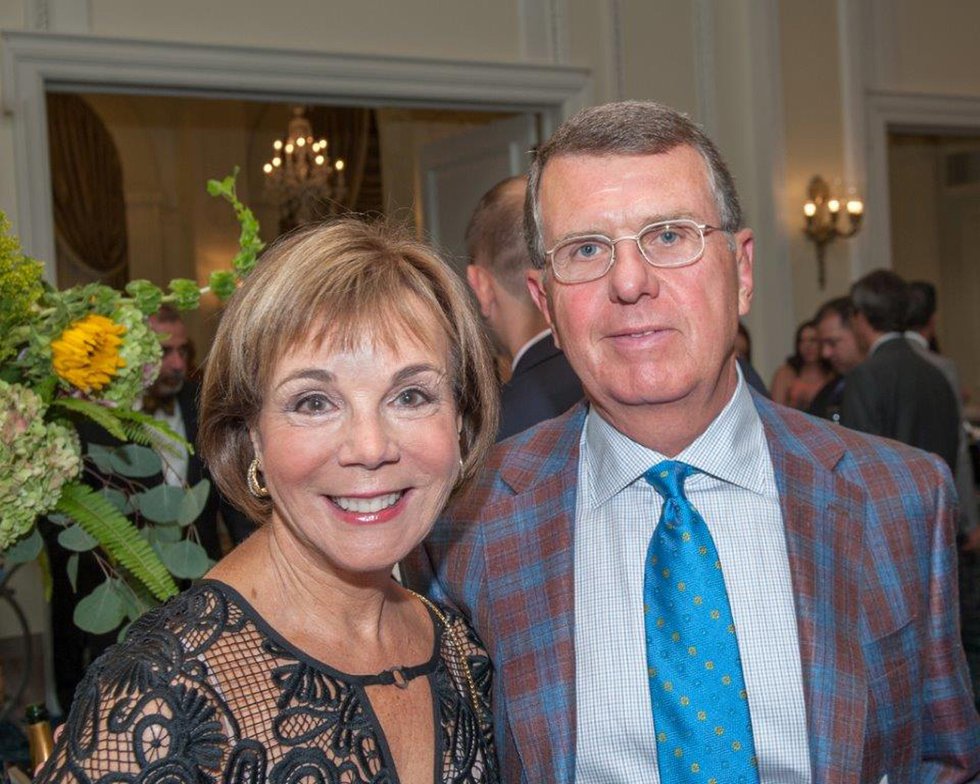Inspired by nature and the Japanese aesthetic, Robert Stuart switched from representational to abstract works. It was, he says, “the beginning of my adventure.”

Painter of Light – Feature

Painter of Light 1
Three Black Rectangles on Silver, 2009 (oil and wax on canvas)
Robert Stuart’s studio, on the top floor of the historic Crowle Building in downtown Staunton, is light-filled and airy, with large windows and high ceilings. Tall and angular, Stuart is a gentle soul with an easy smile—contemplative, modest and filled with wonder about the world. An abstract painter, Stuart is inspired by nature, by being out in it and happening upon some ordinary visual gem: shimmering water, or snow dusting brown earth. This encounter with unexpected beauty is something he tries to convey in his art.
Stuart grew up overseas. His father worked for USAID and UNESCO, and the family lived in Libya, Liberia, Nigeria, Samoa, Nepal and the Philippines, where he attended the same school as Ferdinand Marcos. Exposure to diverse cultures enriched his appreciation of art. “Not long after a year spent in Samoa, I came face-to-face with Gauguin’s Tahitian paintings and felt that he’d captured some essence, some emotional truth about Polynesia. It wasn’t plein-air painting or photo-realism; it got to something more real, more poetic, more about the whole environment of that culture and place. It was a revelation to me about what art could do.” Stuart’s mother, an artist, made sure art materials were readily available throughout his youth and encouraged him to attend the highly regarded Boston University College of Fine Arts, which boasts a traditional drawing-based curriculum, a solid grounding for any artist.
Stuart began painting representationally, but, in the end, he couldn’t resist the lure of the nonobjective. “It required a leap of faith for me, to try my own non-representational paintings,” he says, “and, after a long, hesitant period of attempts, I finally … made a committed breach with my past landscape and still-life work, and adventured into a new mode of painting that feels truer to myself.”
He’d always been drawn to the minimalist, formal simplicity of the Japanese aesthetic, and a visit to Japan in 1996—where he toured the Zen temples in Kyoto, including Ryoan-ji, with its raked gravel rock garden—sparked his transformation. Returning home, he had “a rare, clear dream of a large abstract painting. It was so vivid and convincing that I quickly set out to do the work. This was the beginning of my ‘adventure’—the trigger that started me working on what I’d only thought about for a long time.”
Beverly Reynolds, of the Reynolds Gallery in Richmond, who represents Stuart (prices range from $1,500 to $8,500), says, “His work has evolved in a very natural way, and there is an elegance and grace about his paintings. It is as if light comes from within his paintings, and the way that he applies the paint is technical and also intuitive.”
Stuart begins a canvas by marking off with masking tape where the light areas will be before adding a base layer of paint mixed with cold wax medium, for texture and pliability. He uses various palette knives to apply paint, and cloths to rub it away, gradually building up the surface. It’s a slow process. Each painting is composed of many layers, and Stuart works in oil, which has the rich color, depth and transparency he wants but takes long to dry. The result is worth the effort; Stuart has an innate sense of color, and his surfaces are gorgeous, resembling stone or corroded metal. They’re complex, visual foils that play off the light they showcase, determining its effect.
To further enhance the light’s verisimilitude, Stuart paints sharply defined rectangular bands that float within or next to the larger evanescing stripes. He uses paper cash register tape affixed to the canvas as guides for the rectangles’ straight edges. Once removed, he doesn’t throw the tape away, but saves it, incorporating it into one of his collages. It’s not surprising that someone inspired by serendipitous glimpses of the natural world would find these castoffs, with their random paint marks, appealing.
When he begins a painting, Stuart usually has some idea, however vague, of what he wants to do. But during the lengthy process it takes him to complete a work, the original concept changes; it’s as if the painting assumes a life of its own and Stuart finds himself taken in a different direction.
Stuart has said he wants to do with pigment what Dan Flavin does with neon, namely, to paint light. Stuart has set himself a difficult challenge, and one is dazzled by his ability to capture light’s luminescent, three-dimensional quality and its many moods: soft and diffused, hard and glaring and everything in between. Stuart structures his paintings with multiple light bands bisecting the canvas in either a horizontal or vertical direction. You think immediately of Flavin’s neon tubes or, as Stuart says, the strips of light raking through the slats of an old barn wall, but the more you look at the work, the more you realize that the actual physical incarnation is incidental; what Stuart’s really getting at is the very essence of light.









